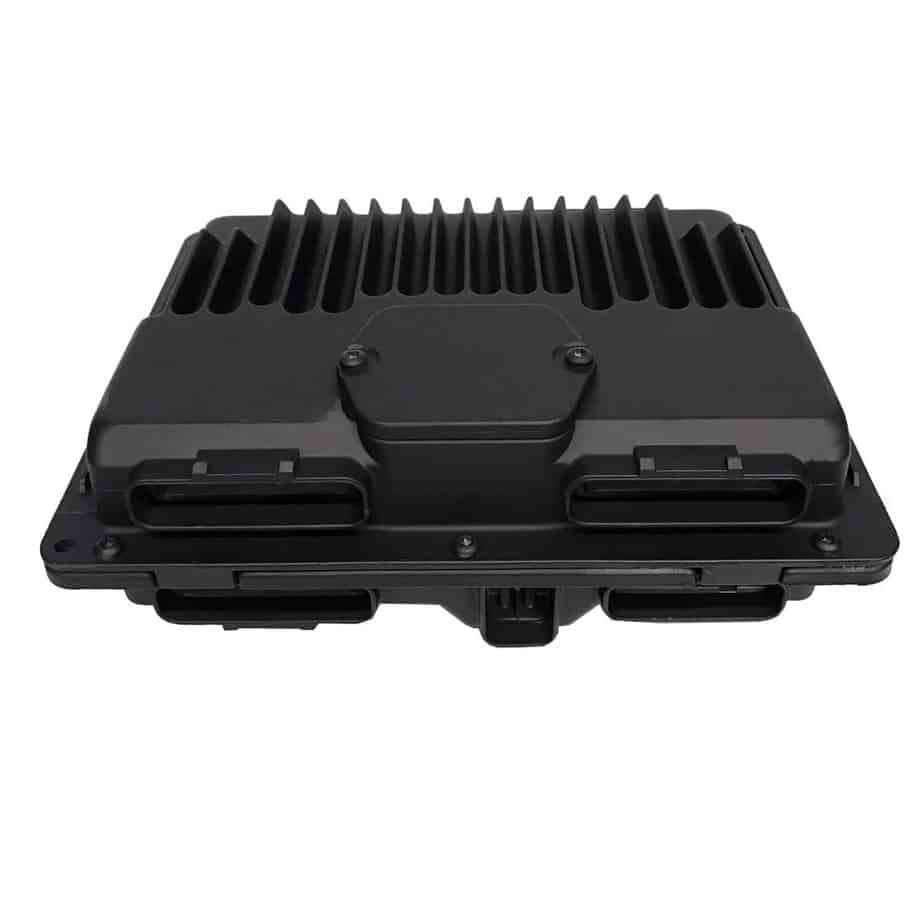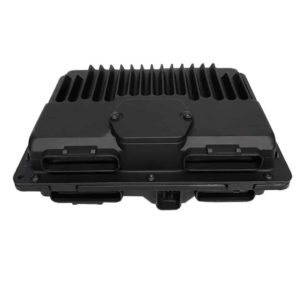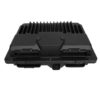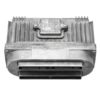Is Your ’97 GM Truck or Van Experiencing Mysterious Problems?
As a technician with over two decades of experience under the hood, I’ve seen countless 1997 GM vehicles like the Suburban, Tahoe, and C/K Pickups come into the shop with baffling issues. The owner often describes a vehicle that has suddenly lost its reliability: it might refuse to start one morning, stall at a stoplight, shift erratically, or have a check engine light that just won’t go away. These symptoms can often lead mechanics down a rabbit hole of replacing sensors and spark plugs, but frequently, the real culprit is the heart of the vehicle’s electronics: the Powertrain Control Module (PCM).
Expert Pro Tip: Don’t Mistake a PCM Fault for a Fuel System Issue
On these 1997 Vortec engines (4.3L, 5.7L, 7.4L), the Central Port Injection (CPI), often called the ‘spider’ injector, is a common point of failure. However, a failing PCM can send incorrect signals to the fuel pump and injectors, perfectly mimicking a bad fuel system. I’ve seen customers spend hundreds on a new spider injector assembly only to find the root cause was a faulty PCM driver circuit. Before replacing expensive fuel components, it’s crucial to verify the PCM’s command signals. A dead cylinder or a hard start could very well be electronic, not mechanical.
The Solution: A Direct-Fit, VIN-Programmed PCM
This isn’t just a replacement part; it’s a complete solution. We are providing a Powertrain Control Module, compatible with part numbers 16229684 and 8162296840, that arrives at your door ready to install. The biggest hurdle with PCM replacement has always been the expensive and time-consuming trip to a dealership for programming. We eliminate that step entirely.
Using the Vehicle Identification Number (VIN) you provide at checkout, we flash the module with the latest, most stable software updates directly from GM. This ensures the PCM is perfectly matched to your vehicle’s specific configuration—including engine size, transmission type, gear ratio, and emissions equipment. This precise calibration is the key to restoring original performance and reliability.
Common Symptoms of a Failing 1997 GM PCM:
- ✔ No-start or intermittent starting conditions.
- ✔ The engine cranks but will not fire up.
- ✔ Persistent or multiple Diagnostic Trouble Codes (DTCs) that don’t resolve after replacing sensors.
- ✔ Harsh or erratic automatic transmission shifting.
- ✔ Poor fuel economy and sluggish engine performance.
- ✔ Communication errors with diagnostic scan tools.
- ✔ The security or anti-theft light may stay on, preventing the engine from starting.
Installation is Straightforward
For most of the compatible vehicles, the PCM is located in the engine bay, typically on the driver’s side inner fender or near the battery. The process is as simple as disconnecting the vehicle’s battery, carefully unplugging the large wiring harness connectors from the old module, unbolting it, and installing the new one in its place. Once the new module is secured and the harnesses are reconnected, you simply reconnect the battery, and you’re ready to go. No additional programming is required.
Guaranteed Fitment for Your Vehicle
This module is the correct electronic control unit for a wide range of 1997 General Motors gasoline-powered vehicles. Please verify your truck or van is on this list:
- ✔ Astro / Safari (GMC): (Located LH front by battery)
- ✔ Blazer S10 / Jimmy S15: (For 4.3L V6 models)
- ✔ Bravada: (For 4.3L V6 models)
- ✔ Chevrolet / GMC 1500, 2500, 3500 Pickup: (Gasoline, LH front engine compartment)
- ✔ Express / Savana 1500, 2500, 3500 Van: (Gasoline models)
- ✔ Isuzu Hombre: (For 4.3L V6 models)
- ✔ S10 / S15 / Sonoma: (For 4.3L V6 models)
- ✔ Suburban 1500 / 2500: (Gasoline, LH front engine compartment)
- ✔ Tahoe / Yukon: (Gasoline, LH front engine compartment)



